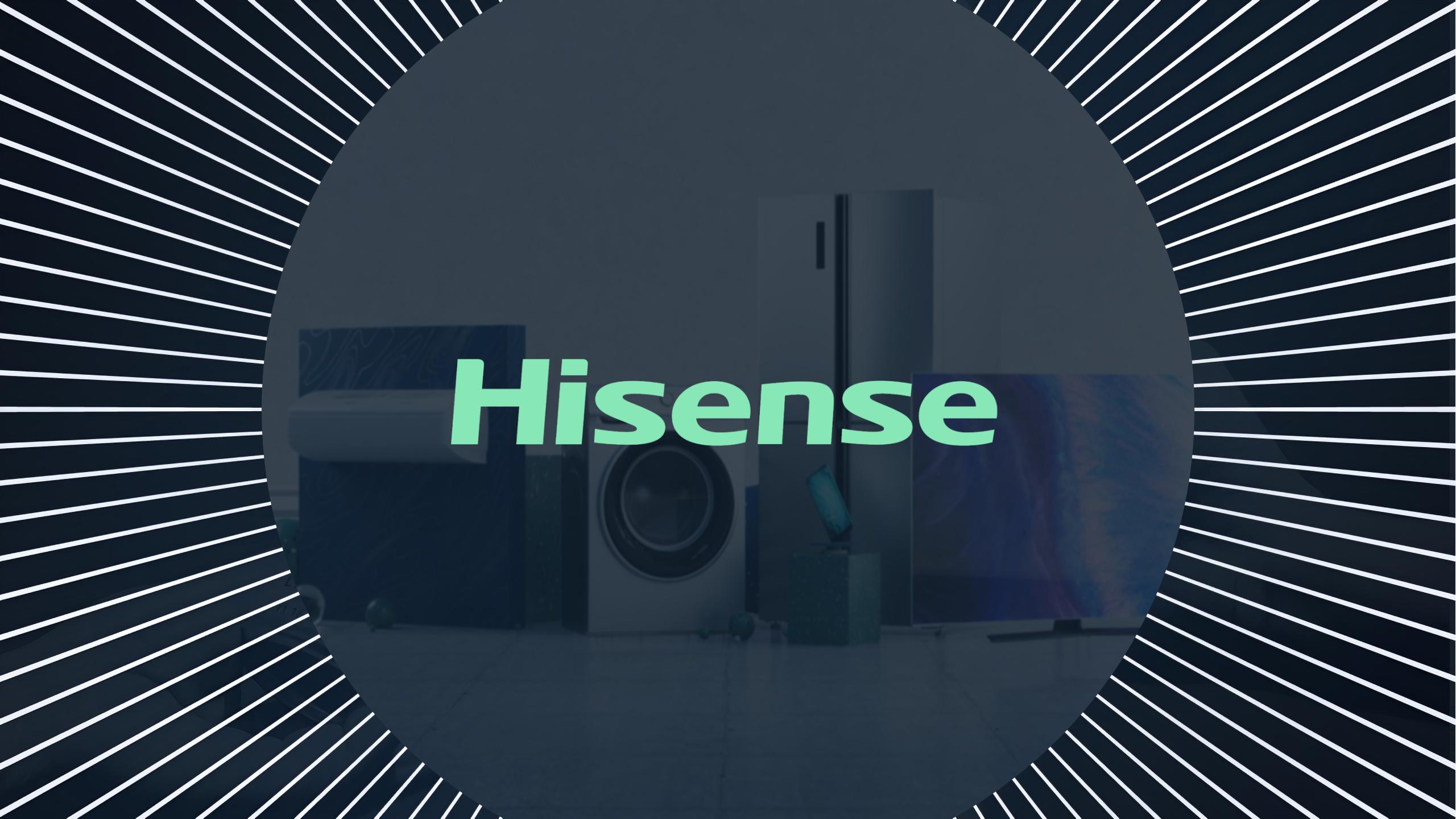A well-architected supply chain network isn’t just about moving goods—it’s about aligning suppliers, production hubs, and demand centers into a cohesive, cost-efficient system. In 2025, this alignment is more critical than ever, as disruptions—from geopolitical tensions to climate volatility—demand agility. Companies that optimize their supplier locations relative to production and consumption zones reduce lead times by up to 30%, while cutting logistics costs by 15-20%, according to industry benchmarks.
Tactical planning is key. The trade-offs between cost, speed, and flexibility must be rigorously evaluated. For instance, a supplier with marginally higher unit costs but proximity to a key factory may offer net savings through reduced inventory buffers and faster response times. Meanwhile, omni-channel integration ensures that supplier networks seamlessly serve both B2B and direct-to-consumer flows, eliminating silos that erode efficiency. A recent study highlights how firms adopting unified network models achieve 25% higher fulfillment accuracy—a competitive edge in an era where delivery speed defines customer loyalty.
Also Read: Supply Chain Network Design – Sophus Technology
In short: design isn’t just infrastructure—it’s strategy. The right network turns suppliers into extensions of your operations, not just vendors.
The Role of Supply Chain Network Design
A well-optimized supply chain network isn’t just about moving goods—it’s about strategic alignment. In 2025, manufacturers must rethink supplier locations, balancing cost efficiency with resilience. Proximity to production hubs and demand centers minimizes lead times, while multi-regional sourcing hedges against geopolitical or logistical disruptions. According to Sophus AI’s analysis, companies leveraging omni-channel network modeling see a 15-20% reduction in logistics costs and a 30% improvement in fulfillment speed.
Tactical supplier selection goes beyond price negotiations. It’s a triage of cost, flexibility, and risk. For instance, a supplier with slightly higher unit costs but agile capacity buffers may save millions during demand spikes. Meanwhile, integrated digital platforms unify B2B and direct-to-consumer (D2C) flows, ensuring suppliers aren’t siloed by channel. The result? Fewer stockouts, leaner inventories, and a supply chain that bends but doesn’t break.
The lesson is clear: network design isn’t a one-time exercise. It’s a dynamic framework that turns suppliers into strategic allies rather than transactional vendors.
Key Strategies for Supplier Partnerships
Strategic supplier partnerships aren’t just about squeezing costs—they’re about unlocking mutual growth. In 2025, leading firms will ditch transactional relationships for deep collaboration, blending innovation, transparency, and shared risk. Here’s how:
- Joint Innovation
Take a page from Jabil and Nordson, whose co-development of precision dispensing systems earned them industry accolades. By pooling R&D resources, suppliers become extensions of your engineering team, accelerating time-to-market for cutting-edge solutions.
- Transparent KPIs
Vague expectations breed mistrust. Define shared metrics—on-time delivery, defect rates, carbon footprint—and track them relentlessly. As highlighted in Strategic Supplier Partnerships, top performers use real-time dashboards to align incentives and preempt disputes.
- Risk-Sharing Contracts
Volatility is the new normal. Flexible contracts with volume buffers or cost-adjustment clauses (e.g., raw material indexation) keep both parties agile. During the 2023 semiconductor crunch, firms with such clauses avoided 30%+ cost overruns.
- Digital Integration
Cloud platforms and IoT sensors erase data silos. A tier-1 auto supplier slashed lead times by 22% by syncing its ERP with suppliers’ inventory systems—proving seamless data flows beat endless email chains.
The bottom line? Treat suppliers as strategic allies, not cost centers. The payoff: resilience, innovation, and a supply chain that bends but doesn’t break.
Leveraging Technology for Collaboration
In 2025, the difference between transactional and strategic supplier relationships will hinge on digital integration. AI-driven forecasting, for instance, is no longer a luxury—it’s a necessity. By analyzing historical demand patterns and real-time market shifts, manufacturers can synchronize production schedules with supplier capabilities, minimizing bottlenecks and excess inventory. A study by McKinsey found that companies using AI for supply chain planning reduce forecasting errors by up to 50%, a margin that directly impacts supplier reliability.
Blockchain, meanwhile, is transforming transparency. From raw material provenance to ethical labor practices, immutable ledgers ensure compliance while reducing audit overhead. For industries like automotive and electronics, where regulatory scrutiny is tightening, this isn’t just about risk mitigation—it’s about maintaining market access.
Centralized supplier portals are another game-changer. These platforms consolidate order tracking, performance analytics, and even dispute resolution into a single dashboard, eliminating the inefficiencies of fragmented communication. As highlighted in the 2025 Vision for Smarter Collaboration, companies that adopt such tools see a 30% improvement in supplier response times. The lesson is clear: in an era where agility defines competitiveness, technology isn’t just an enabler—it’s the backbone of trust.
Case Studies
Strategic supplier relationships aren’t just theoretical—they’re proven drivers of competitive advantage. Take Nordson Electronics, recognized by Jabil with the 2024 Best Strategic Supplier Award for delivering value far beyond cost savings. The partnership thrived on joint R&D, with Nordson co-developing precision dispensing solutions that slashed Jabil’s defect rates by 18% while accelerating time-to-market. This wasn’t transactional procurement; it was innovation orchestration.
Equally instructive is the Coupa-OB10 alliance, which redefined procurement efficiency. By integrating OB10’s e-invoicing into Coupa’s spend-management platform, the duo automated 85% of invoice processing, cutting approval cycles from weeks to days. The lesson? Digital symbiosis—where suppliers and buyers share systems, not just spreadsheets—unlocks speed and transparency.
For a deeper dive into the Jabil-Nordson model, their case study details how trust and tech alignment turned a vendor into a value multiplier. The takeaway: The best suppliers don’t just meet specs—they reshape them.
Future-Proofing Supplier Relationships
Strategic supplier relationships aren’t built to last—they’re built to adapt. In 2025, resilience and sustainability aren’t optional; they’re the price of admission. Here’s how to future-proof partnerships without drowning in complexity.
First, sustainability audits must move from box-ticking to core strategy. Buyers are no longer just evaluating cost and quality—they’re scrutinizing carbon footprints, circularity, and ethical sourcing. A 2024 Deloitte survey found that 67% of manufacturers now mandate supplier sustainability disclosures, up from 42% in 2022. Firms like Unilever have already dropped suppliers failing to meet decarbonization targets. The message is clear: align with net-zero goals or risk obsolescence.
Second, resilience testing separates robust partnerships from fragile ones. Simulate disruptions—tariffs, port closures, even cyberattacks—and stress-test contingency plans. Sophus.ai’s research on supply chain network design highlights how optimized networks reduce single-point failures by 30-50%. For example, Toyota’s “multi-regional supply loops” helped it navigate pandemic shortages while rivals stalled.
Recommended Reading: What is Supply Chain Network Design and Optimisation?
Finally, continuous feedback loops keep partnerships agile. Quarterly business reviews? Outdated. Leading firms now use AI-driven sentiment analysis and real-time KPI dashboards to course-correct monthly. Nestlé’s Supplier Connect platform, for instance, slashed resolution times for quality disputes by 60%.
The bottom line: Future-proofing isn’t about predicting chaos—it’s about embedding flexibility. Audit relentlessly, test ruthlessly, and adapt constantly.
FAQs
1. How does supply chain network design reduce supplier risks?
A well-optimized supply chain network doesn’t just cut costs—it hedges against disruption. By mapping supplier locations relative to production hubs and demand centers, firms can mitigate risks like geopolitical instability, logistics bottlenecks, or sudden demand spikes. Sophus.ai highlights that strategic network design enables “multi-sourcing, regional redundancy, and dynamic rerouting,” ensuring continuity even when a single supplier falters. The result? Fewer fire drills and more predictable operations.
2. What technologies enable real-time supplier collaboration?
The days of emailing spreadsheets back and forth are over. Cloud-based supplier portals, IoT-enabled track-and-trace systems, and AI-driven demand forecasting tools now allow for seamless, real-time coordination. Blockchain adds another layer of trust, ensuring immutable records for compliance and ethical sourcing. As noted in a 2025 industry vision, these technologies transform suppliers from transactional vendors into integrated partners, capable of adjusting production schedules on the fly.
3. Why are sustainability metrics critical in 2025 supplier contracts?
Regulatory pressure and consumer demand are pushing sustainability from a nice-to-have to a non-negotiable. By 2025, carbon footprint disclosures and circular-economy practices will be baseline expectations in procurement contracts. Firms that ignore this shift risk reputational damage, penalties, and even lost contracts with eco-conscious buyers. The smart players are already auditing suppliers for emissions, waste reduction, and ethical labor practices—because future-proofing isn’t just about resilience; it’s about responsibility.









